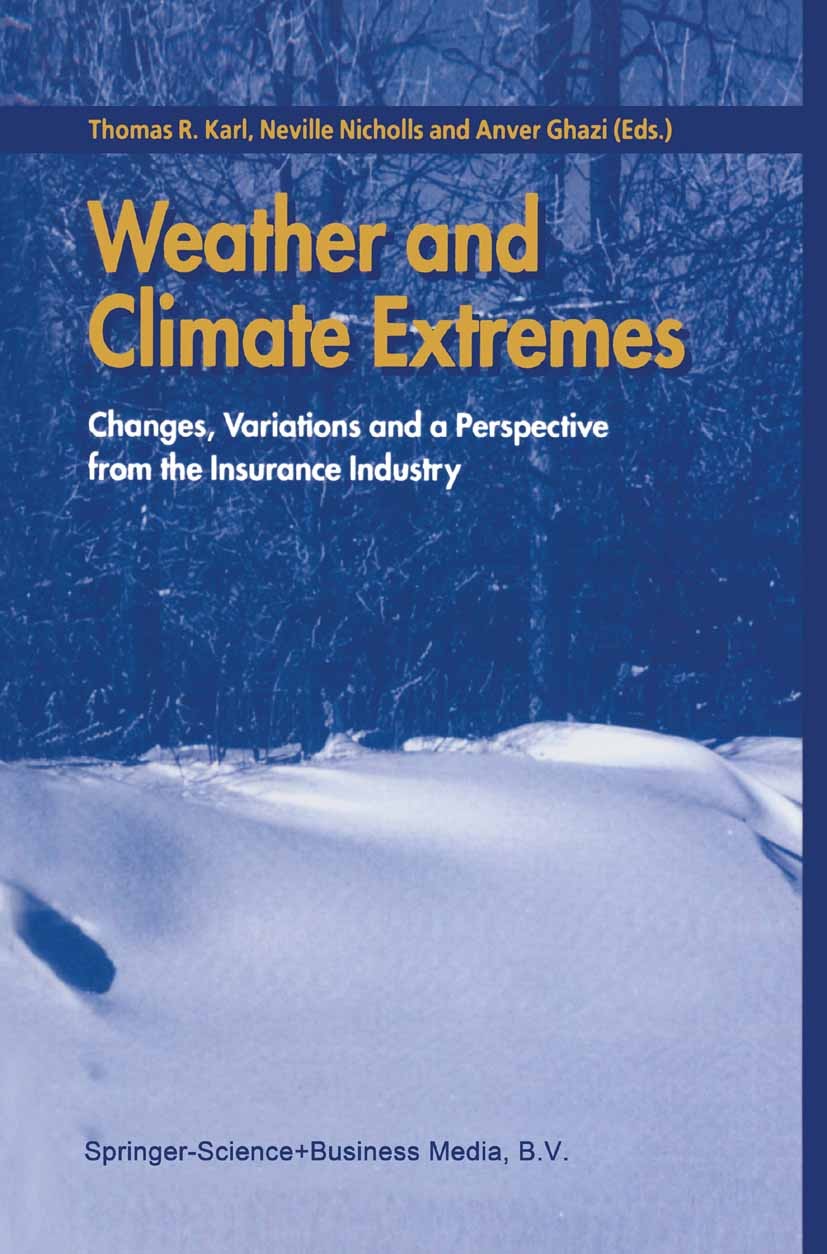东亚大气河流在高分辨率气候模式中的未来预估
IF 6.9
1区 地球科学
Q1 METEOROLOGY & ATMOSPHERIC SCIENCES
引用次数: 0
摘要
在东亚夏季风期间,大气河流在东亚极端降水中起着关键作用。虽然预估ar在气候变暖时会增加,但其在东亚的区域变化仍不清楚,部分原因是使用了相对粗糙的模式。本研究利用高分辨率气候模式模拟研究东亚ar的未来变化。结果表明,在近期(2025-2050年)东亚地区的AR频率和相关降水将强劲增加。随着极端降水的大量增加,AR也将变得更加强烈和持续,尽管AR检测算法的数量变化略有不同。这种变化主要是由热力学过程驱动的,动力过程起次要作用。然而,动力过程,特别是低频环流变化,对模式间传播有重要贡献,决定了东亚未来ARs预测的不确定性。这一发现有助于更好地理解东亚AR和相关极端降水的未来变化。本文章由计算机程序翻译,如有差异,请以英文原文为准。
Future projection of East Asian atmospheric rivers in high-resolution climate models
Atmospheric rivers (ARs) play a critical role in extreme precipitation in East Asia during the East Asian summer monsoon. While ARs are projected to increase in a warming climate, their regional changes in East Asia remain unclear partly due to the use of relatively coarse models. This study investigates future changes in East Asian ARs using high-resolution climate model simulations. The results show a robust increase in AR frequency and associated precipitation in East Asia in the near future (2025–2050). ARs are also projected to become more intense and persistent with a considerable increase in extreme precipitation, although the quantitative change slightly differs depending on the AR detection algorithms. Such changes are primarily driven by thermodynamic processes, with dynamic processes playing a secondary role. However, the dynamic processes, especially low-frequency circulation changes, contribute significantly to the inter-model spread, determining the uncertainty in the future projections of East Asian ARs. This finding helps to better understand future changes in AR and associated extreme precipitation in East Asia.
求助全文
通过发布文献求助,成功后即可免费获取论文全文。
去求助
来源期刊

Weather and Climate Extremes
Earth and Planetary Sciences-Atmospheric Science
CiteScore
11.00
自引率
7.50%
发文量
102
审稿时长
33 weeks
期刊介绍:
Weather and Climate Extremes
Target Audience:
Academics
Decision makers
International development agencies
Non-governmental organizations (NGOs)
Civil society
Focus Areas:
Research in weather and climate extremes
Monitoring and early warning systems
Assessment of vulnerability and impacts
Developing and implementing intervention policies
Effective risk management and adaptation practices
Engagement of local communities in adopting coping strategies
Information and communication strategies tailored to local and regional needs and circumstances
 求助内容:
求助内容: 应助结果提醒方式:
应助结果提醒方式:


